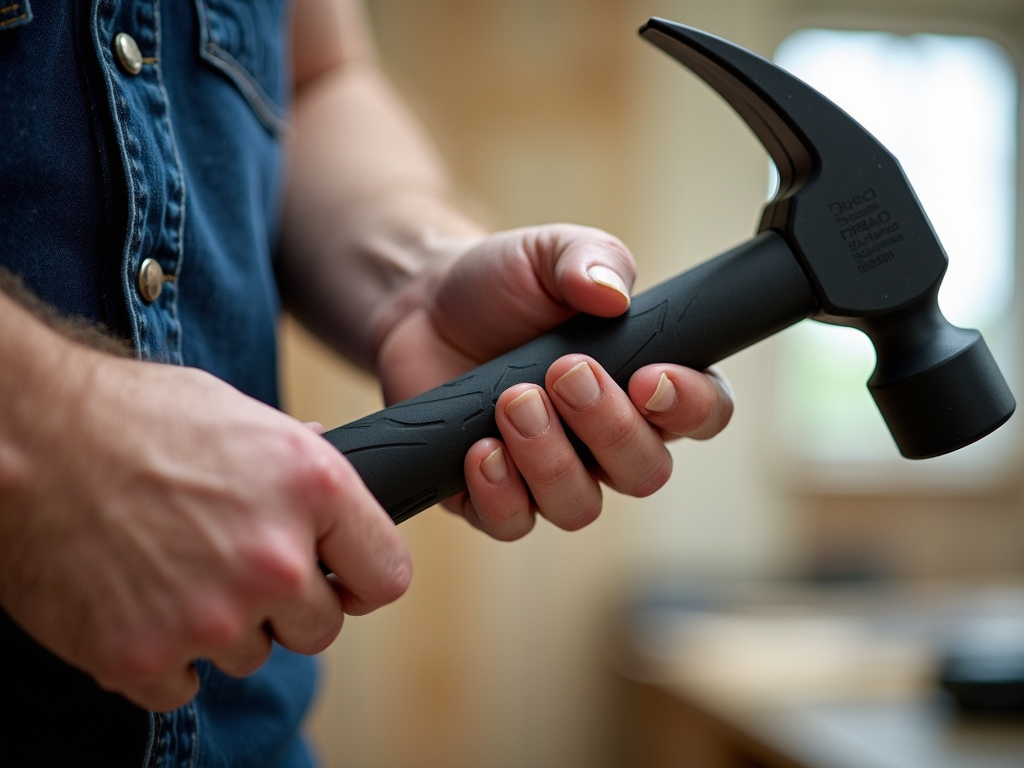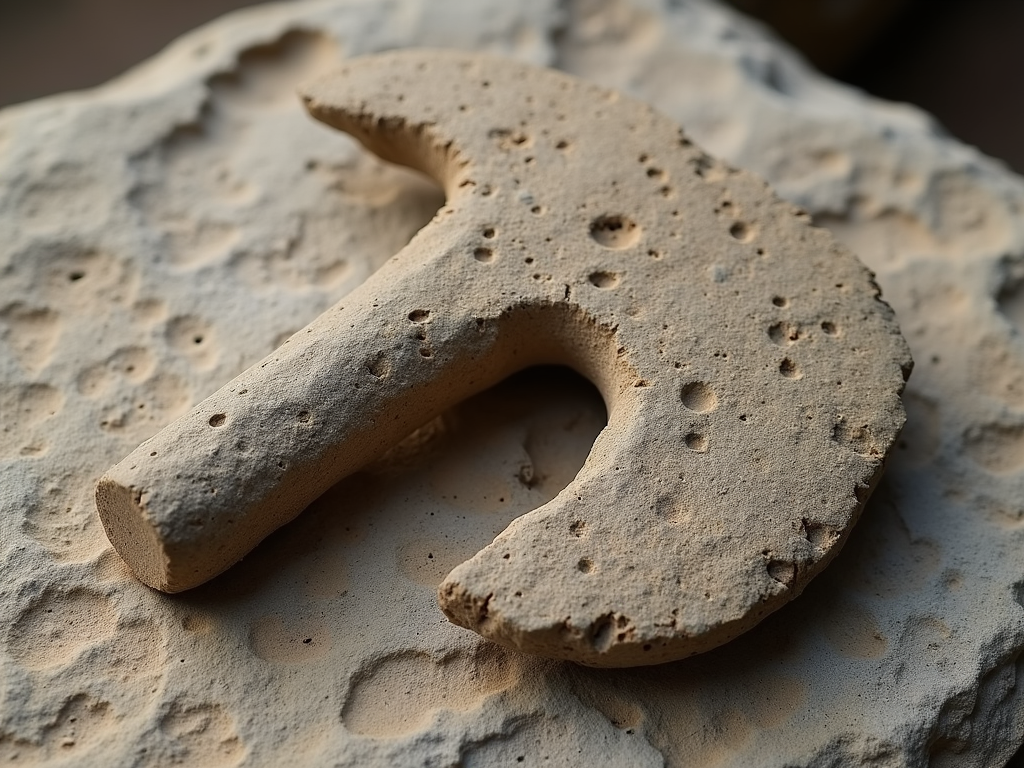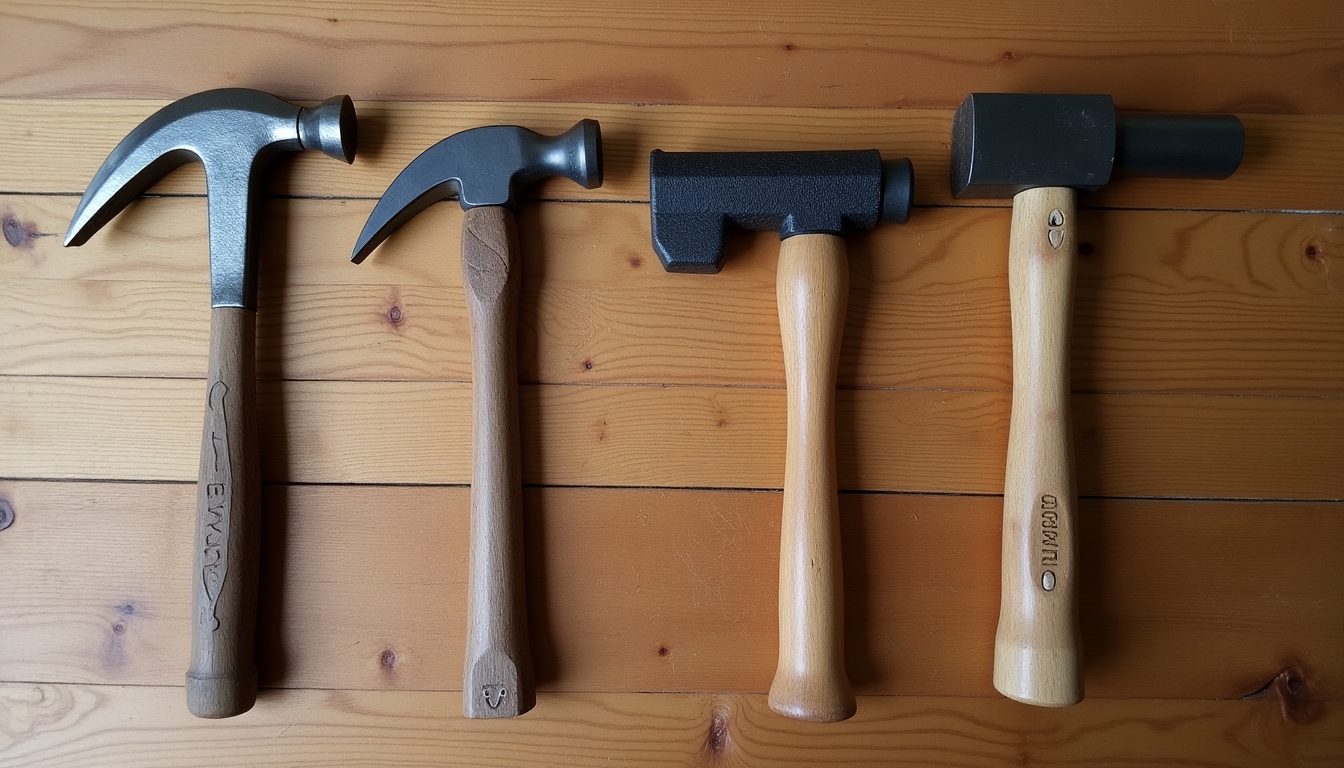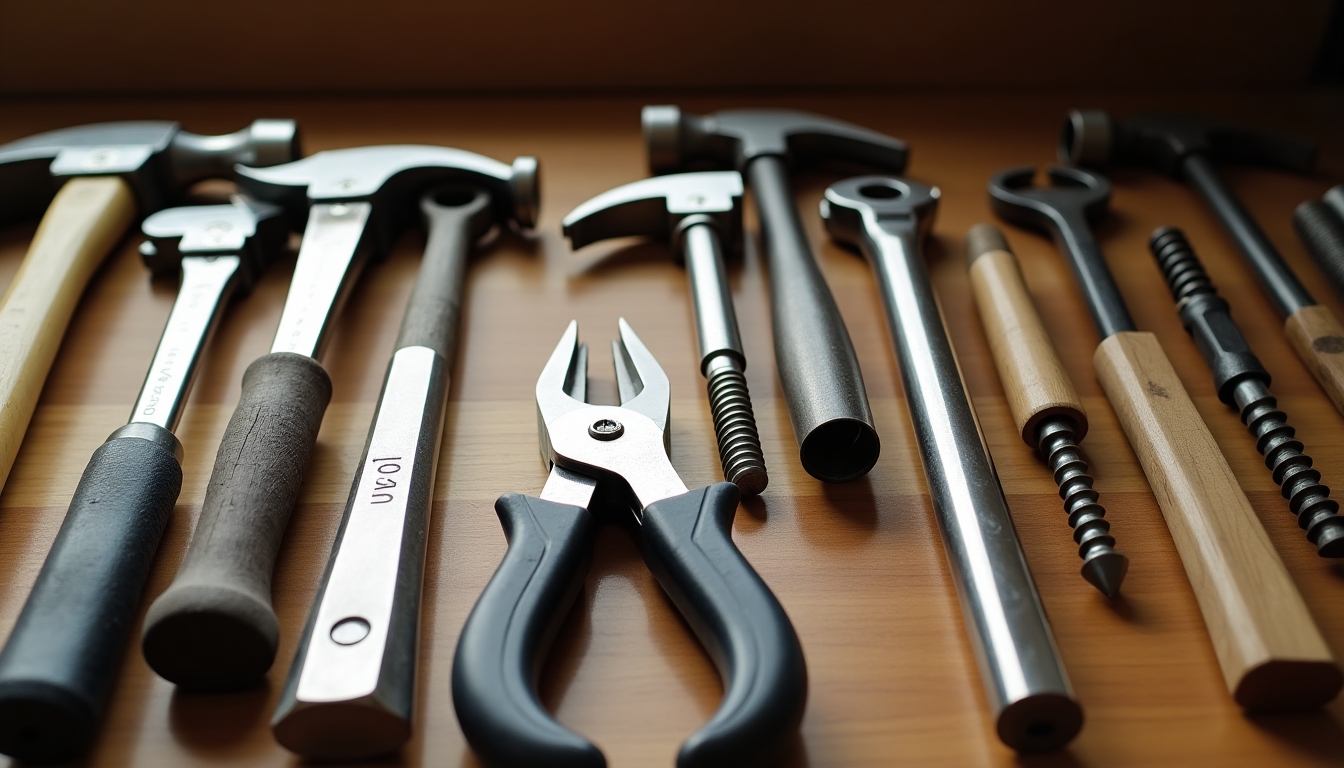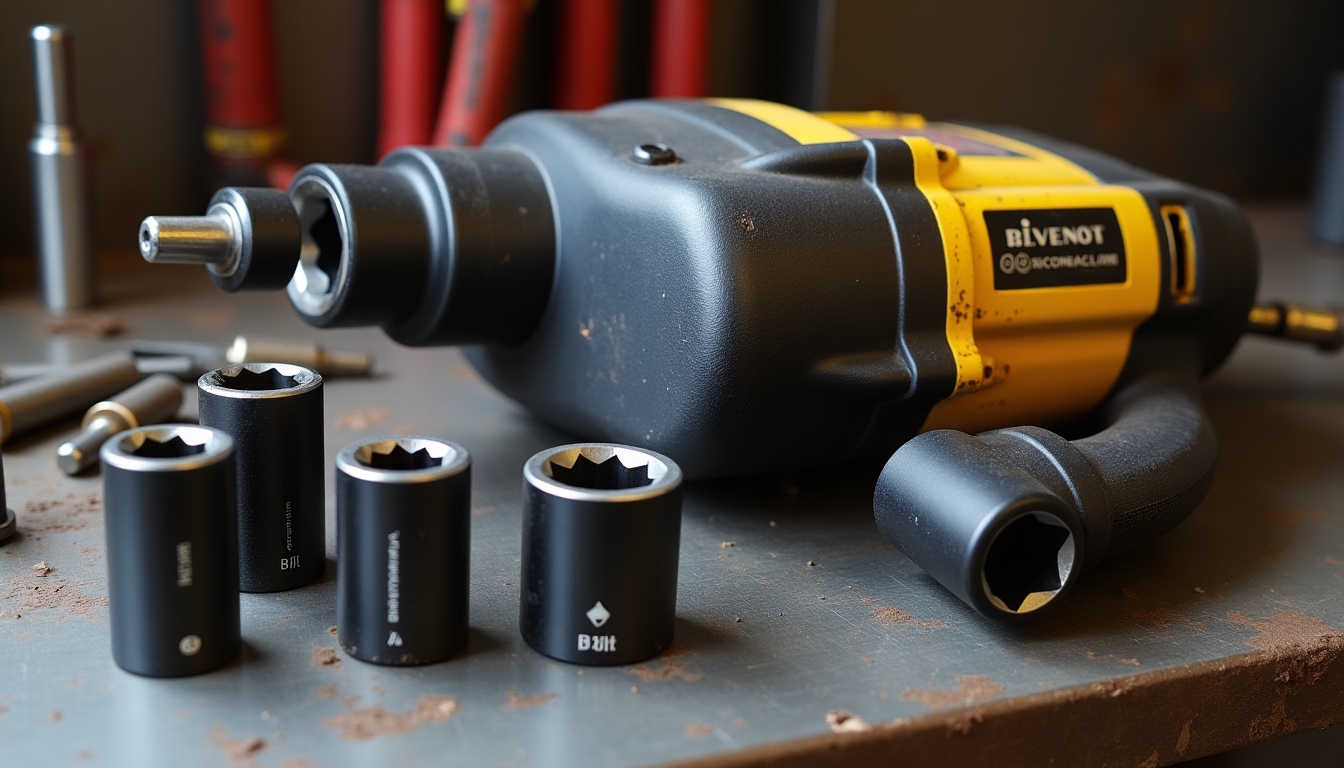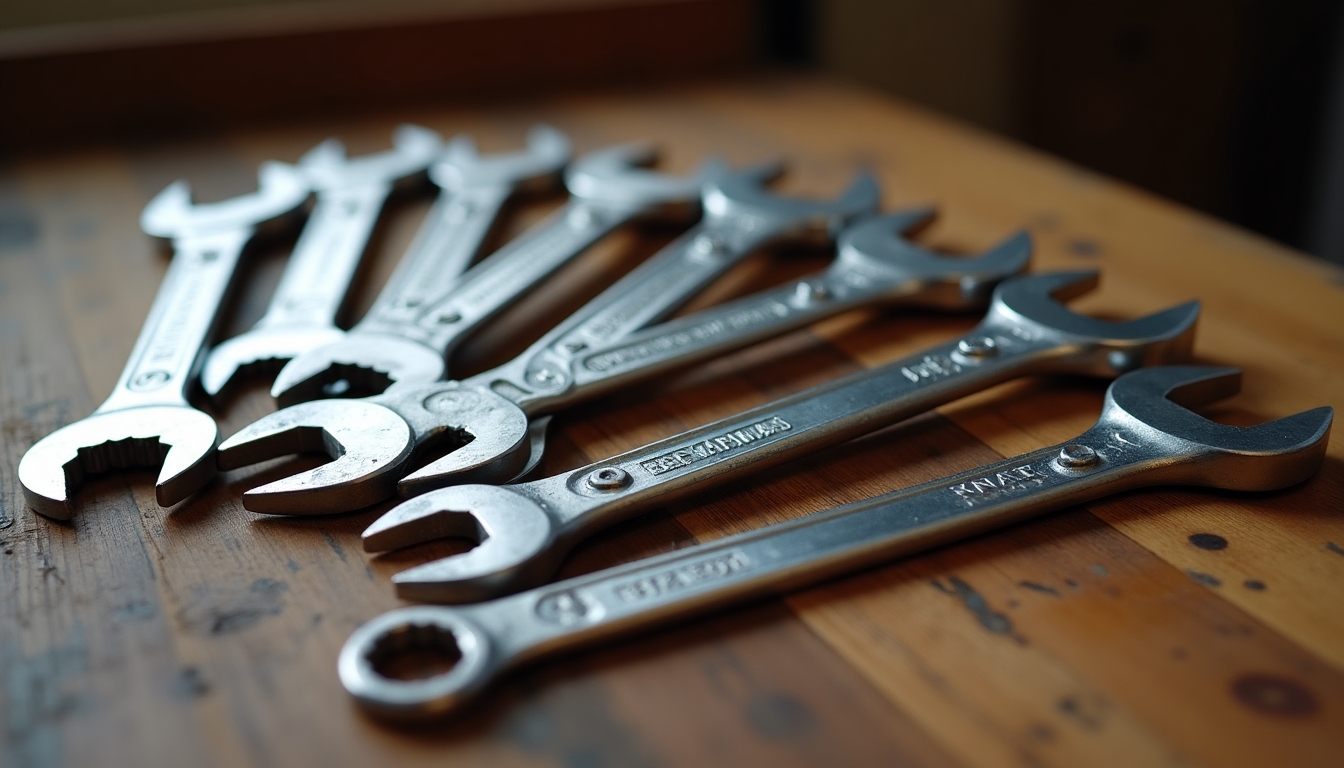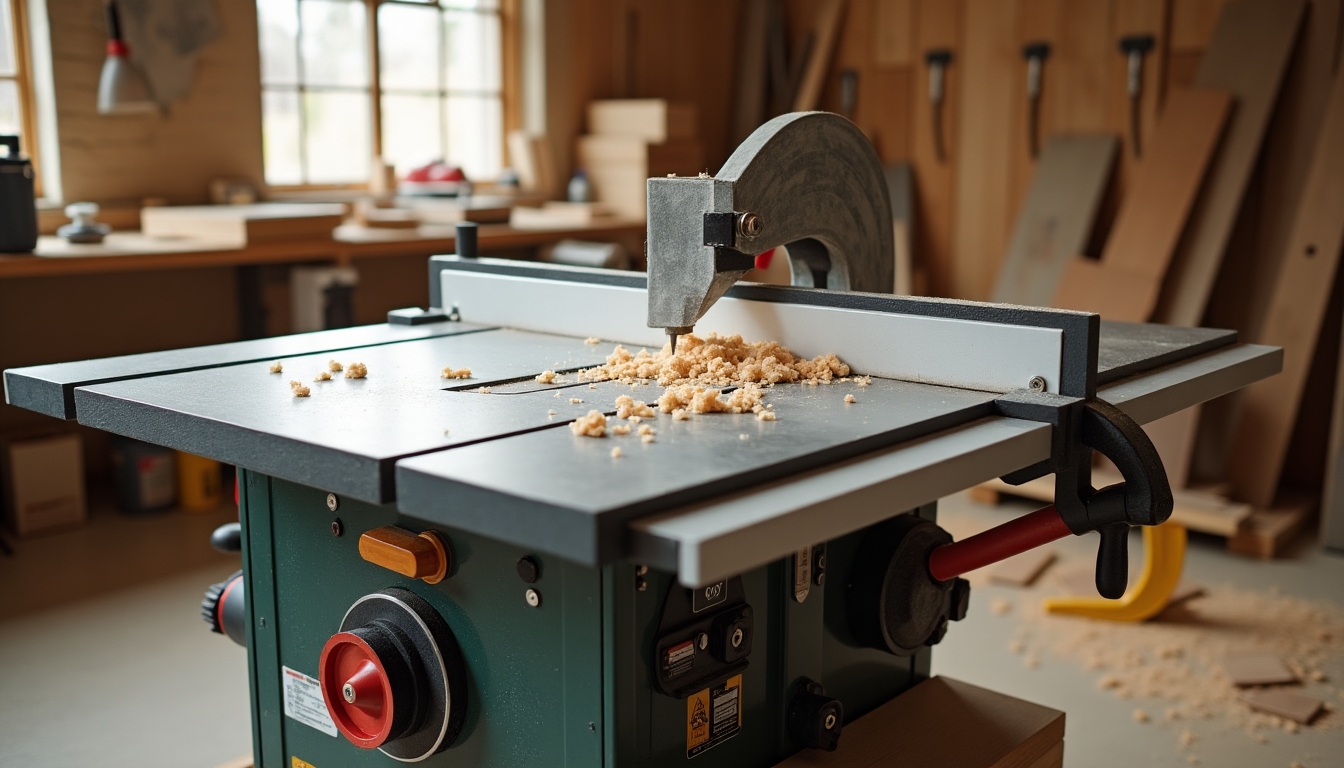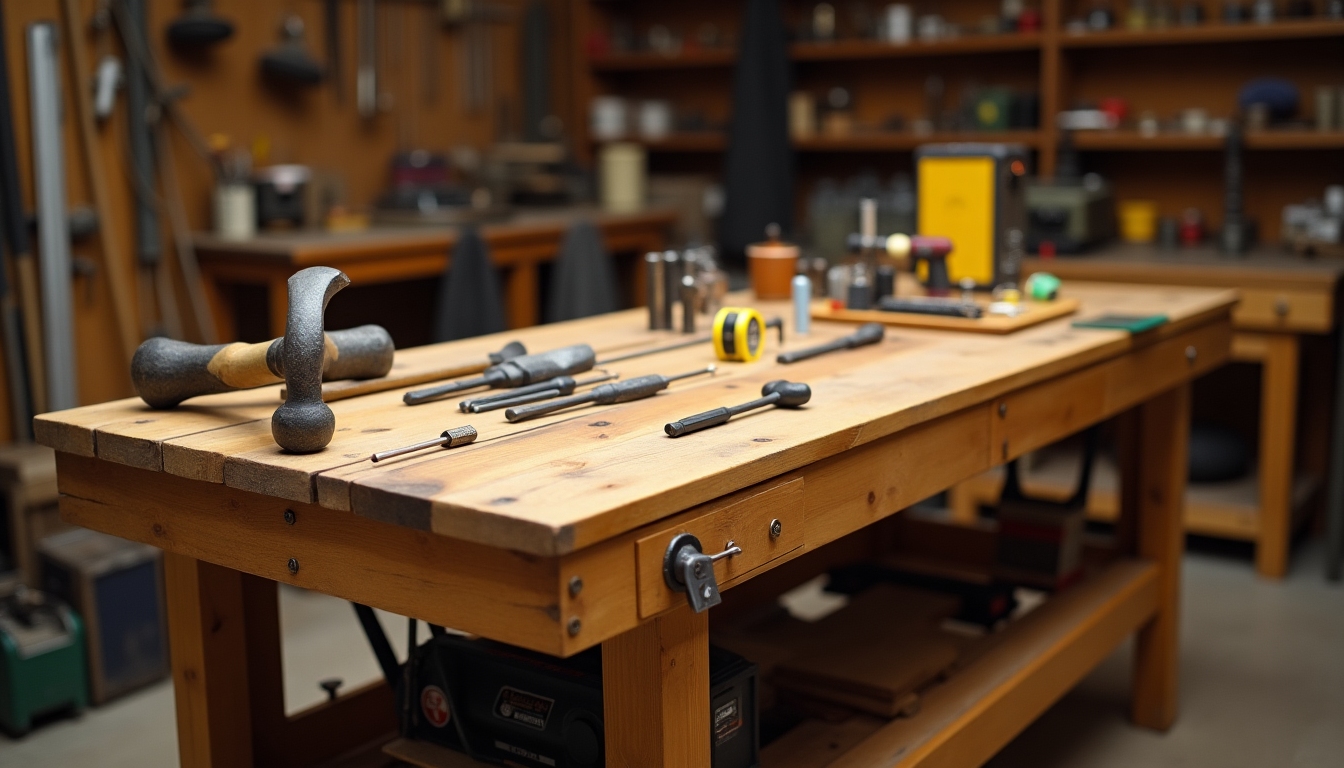In the world of workman tools, understanding hammer dynamics and ergonomics can transform a difficult task into an effortless one, enhancing both efficiency and safety at work.
The Basics of Hammer Dynamics
Hammers have been a staple tool for centuries, evolving from simple stones to complex tools designed for specific tasks. The dynamics of a hammer involve the way it is used, how force is applied, and how effectively it transfers energy. Here, we'll delve into the mechanics of hammer dynamics and how they affect performance.
Dynamics in Action
The force you apply with a hammer is directly related to its mass and the speed at which you swing it. A heavier hammer can deliver more force but may also cause fatigue more quickly. Understanding this trade-off is crucial. For instance, carpenters might prefer lighter hammers for precision work, while blacksmiths might opt for heavier ones for metalworking.
- Mass and Impact:
- The impact force of a hammer is greatly influenced by its mass.
- Heavier hammers can deliver stronger blows but at the cost of user fatigue.
- Speed and Force:
- The speed of the swing also dictates the force exerted, with faster swings imparting more energy.
Personal Insights
As someone who has spent countless hours swinging hammers of various sizes, I’ve found that choosing the right hammer can significantly reduce strain and improve precision. It's not just about muscle power, but understanding the tool's dynamics.
The Importance of Ergonomics
Ergonomics in tools is about designing them to fit the user's needs, reducing strain, and increasing output. Ergonomics plays a critical role in minimizing injuries and discomfort that can arise from prolonged tool use.
Key Ergonomic Features in Hammers
- Handle Grip and Material:
- Look for non-slip, cushioned grips that reduce hand fatigue.
- Weight Distribution:
- A well-balanced hammer allows for better control and comfort.
- Shock Absorption:
- Modern hammers often incorporate materials like rubber or fiberglass to absorb shock and decrease vibration.
Personal Experience
I once used a poorly designed hammer for a week-long project, which resulted in significant elbow pain. After switching to an ergonomic model, the difference was night and day. This change underscored the importance of investing in properly designed tools.
Making the Right Choice
Choosing the right hammer for the job involves understanding both its dynamics and ergonomic features. Consider these factors:
- Job Type:
- Different tasks require different types of hammers (e.g., claw hammer for woodworking, sledgehammer for demolition).
- User Comfort:
- Test various handles and weights to find the most comfortable fit.
Conclusion
Understanding hammer dynamics and ergonomics not only enhances tool efficiency but also protects users from injury. By choosing the right tool for the task, individuals can increase their work output and comfort.
To delve deeper into tool ergonomics, consider these recommended resources for further reading.
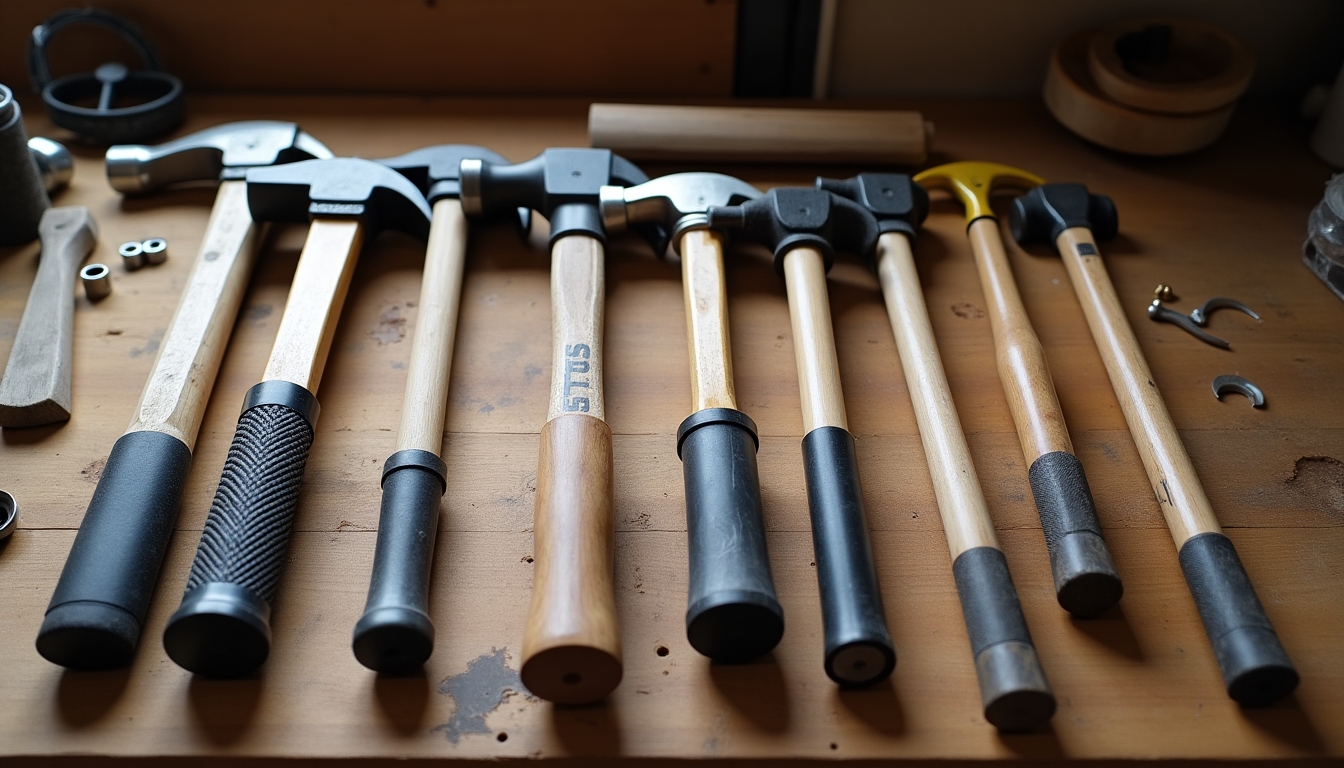
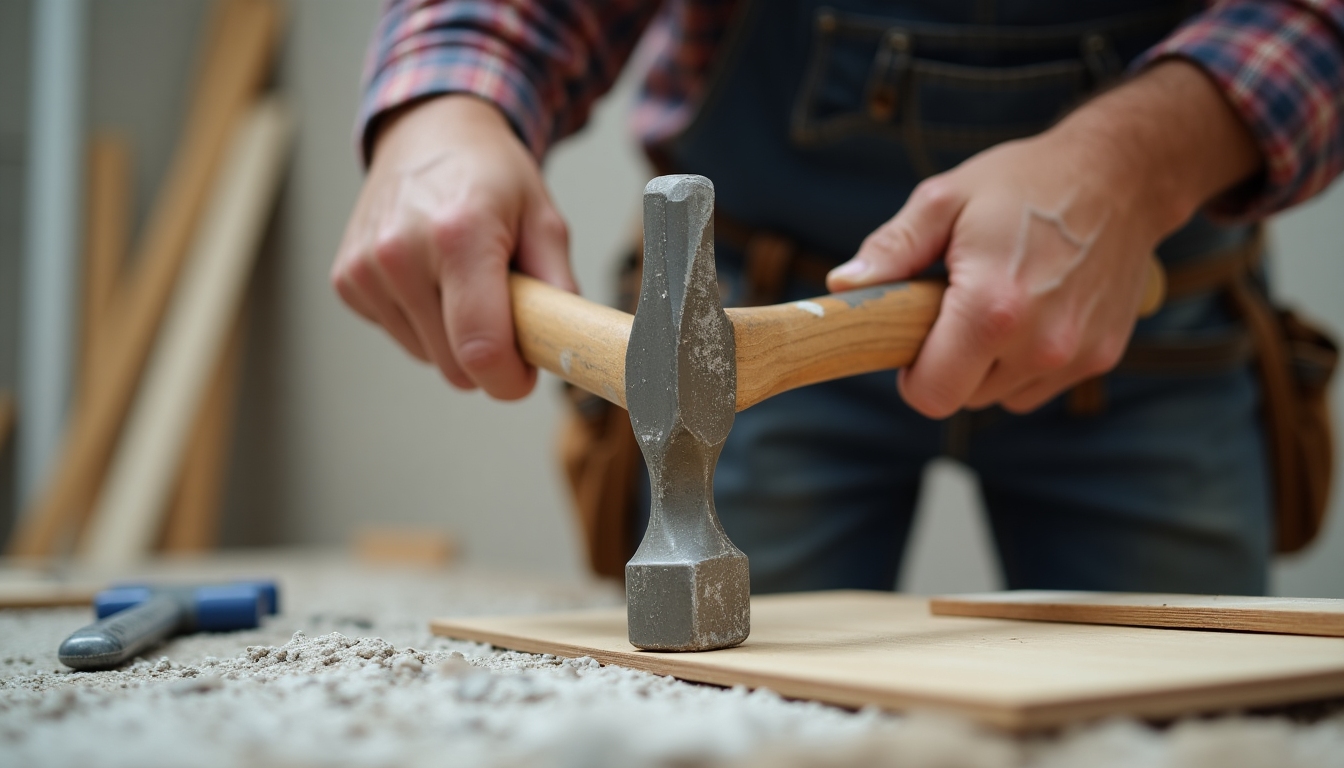
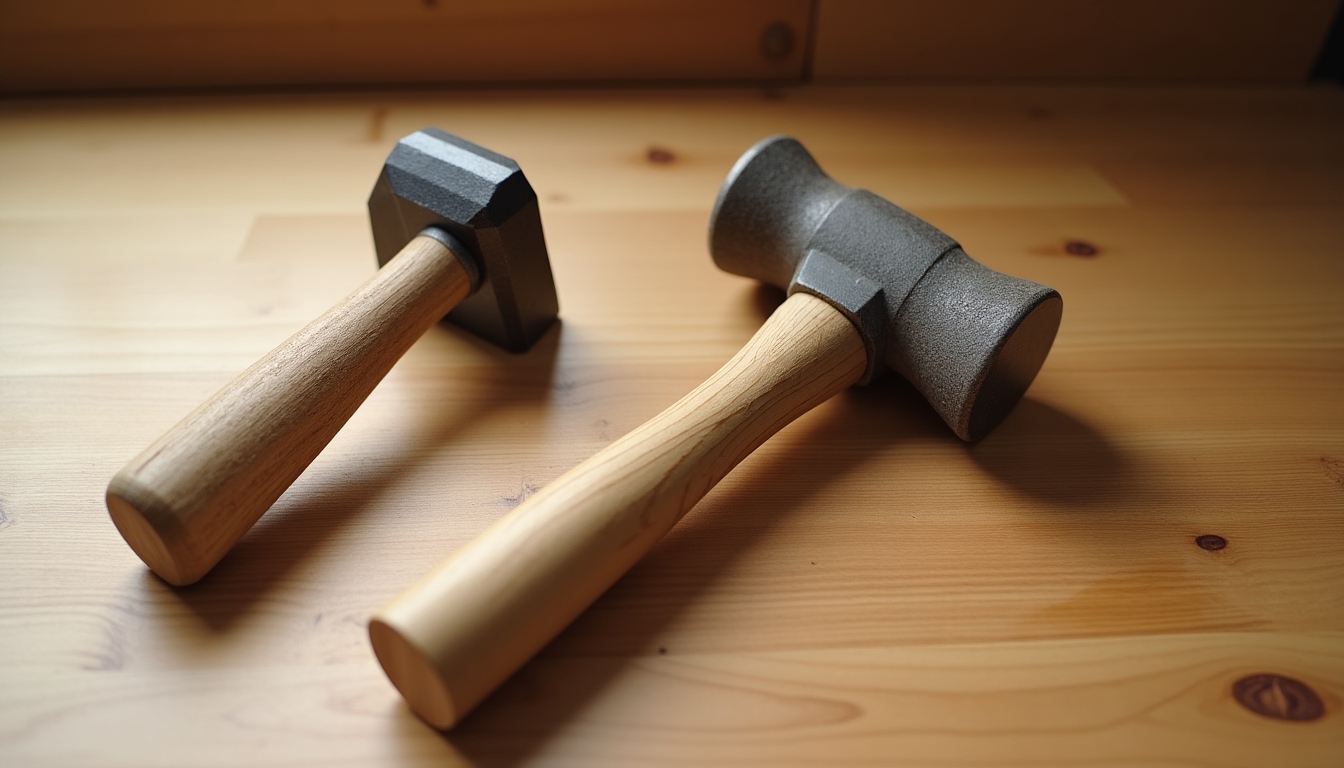
Related understanding hammer dynamics and ergonomics:
- How Tool Design Impacts Worker Health and Efficiency: A Deep Dive into Hammer Ergonomics
- The Evolution of Workman Tools: From Stone to Steel
- The Ultimate Guide to Power Tools for Beginners
- Mastering the Art of Using a Hammer Safely
- Comprehensive Guide to Workman Tools for Everyday Use
- The Ultimate Guide to Workman Tools for Professional Builders
- Ultimate Guide to Power Tools for Automotive Repair
- The Best Wrenches for Mechanics: Enhance Your Toolkit with Quality and Precision
- The Best Ratcheting Wrenches for Fast Repairs
- Exploring Tablesaws with Advanced Safety Mechanisms
- Tool Organization Tips for Painters
- Essential Tools for Every Workman's Toolbox
